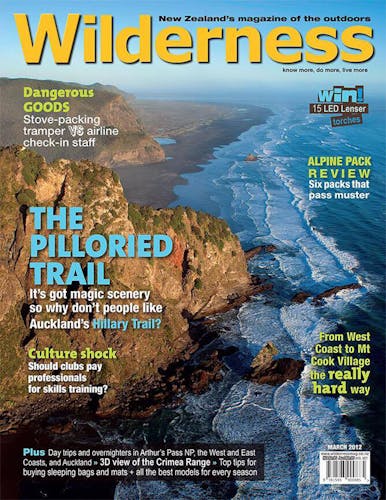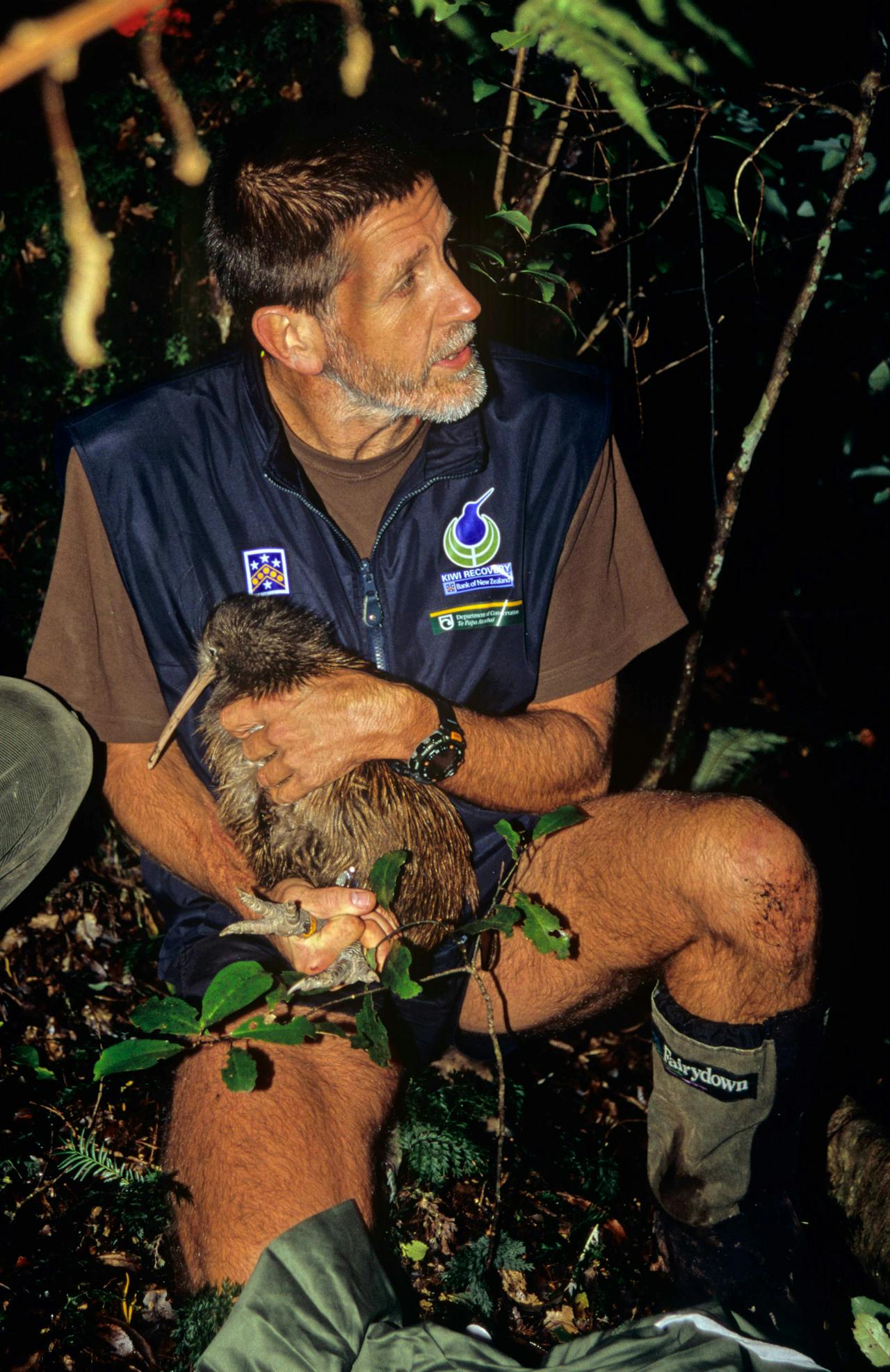Three places to spot New Zealand’s elusive feathered icon
On my first trip to Stewart Island, I’d flown to Doughboy Bay from Invercargill and, within a few hours, seen a kiwi stomping around in the crown fern still in daylight. Rakiura kiwi are well known for their habit of diurnal wandering, the theory being that the short summer nights don’t allow sufficient feeding time for these normally nocturnal birds, so they come out during the day too.
Stewart Island hosts one of four varieties of tokoeka kiwi, a species which also finds home in Fiordland and south Westland. New Zealand has four other recognised species of kiwi: great spotted, little spotted, rowi and North Island brown.
After tokoeka, North Island brown are the most populous of kiwi species, while Rowi – the rarest – are confined to a small area at Okarito on the West Coast. Great spotted kiwi occupy the ranges of Kahurangi and Paparoa national parks, as well as parts of the Arthur’s Pass and Lake Sumner areas. They were also recently reintroduced to Nelson Lakes, around Lake Rotoiti. Little spotted kiwi used to be the most common species in the country, but are now confined to several offshore islands, including Kapiti, Tiritiri Matangi and Red Mercury.
While your best chance of seeing a kiwi is at places like Wellington Zoo or the Otorohanga Kiwi House, the experience lacks the authenticity and surprise of witnessing a wild kiwi. Although you can spend a great deal of time tramping without ever seeing a kiwi, observant listeners will soon learn to distinguish their long, repetitive whistling call. I spent a year surveying great spotted kiwi on the West Coast and taught myself how to imitate the male’s call using a plastic shepherd’s whistle – it’s easy with practise. As kiwi are territorial, a whistle will usually rouse a male into responding, and on occasion they may even stomp towards you to find out who the intruder is.
Many places in Northland and Coromandel offer chances to see North Island brown kiwi, notably where DOC or community groups are undertaking predator control to protect the birds. For the other species, here are my suggestions.
Kapiti Island
Your best chance of seeing little spotted kiwi is to take an overnight tour with Kapiti Island Nature Tours. This privately owned northern part of the island has a lodge, where visitors can stay overnight and enjoy a meal before heading out after dark to see kiwi.
Heaphy Track, Kahurangi National Park
Great spotted kiwi may be heard in many parts of Kahurangi, but perhaps your best chance of seeing one is on the Heaphy Track, notably around Heaphy or Saxon huts. Great spots often defend their territor fiercely and have been known to kick intruding birds to death.
Mason Bay, Stewart Island
Mason Bay seems to have an abundance of kiwi and many trampers have seen the birds here. From Mason Bay Hut, wander along the track to the Island Hill Homestead and sit quietly in the dark. You’re not guaranteed of seeing kiwi, but there’s a fairly good chance. Some even have closer encounters. One overseas hiker claimed, in the hut book, that a kiwi had stomped onto the track, kicked him, then run off.








